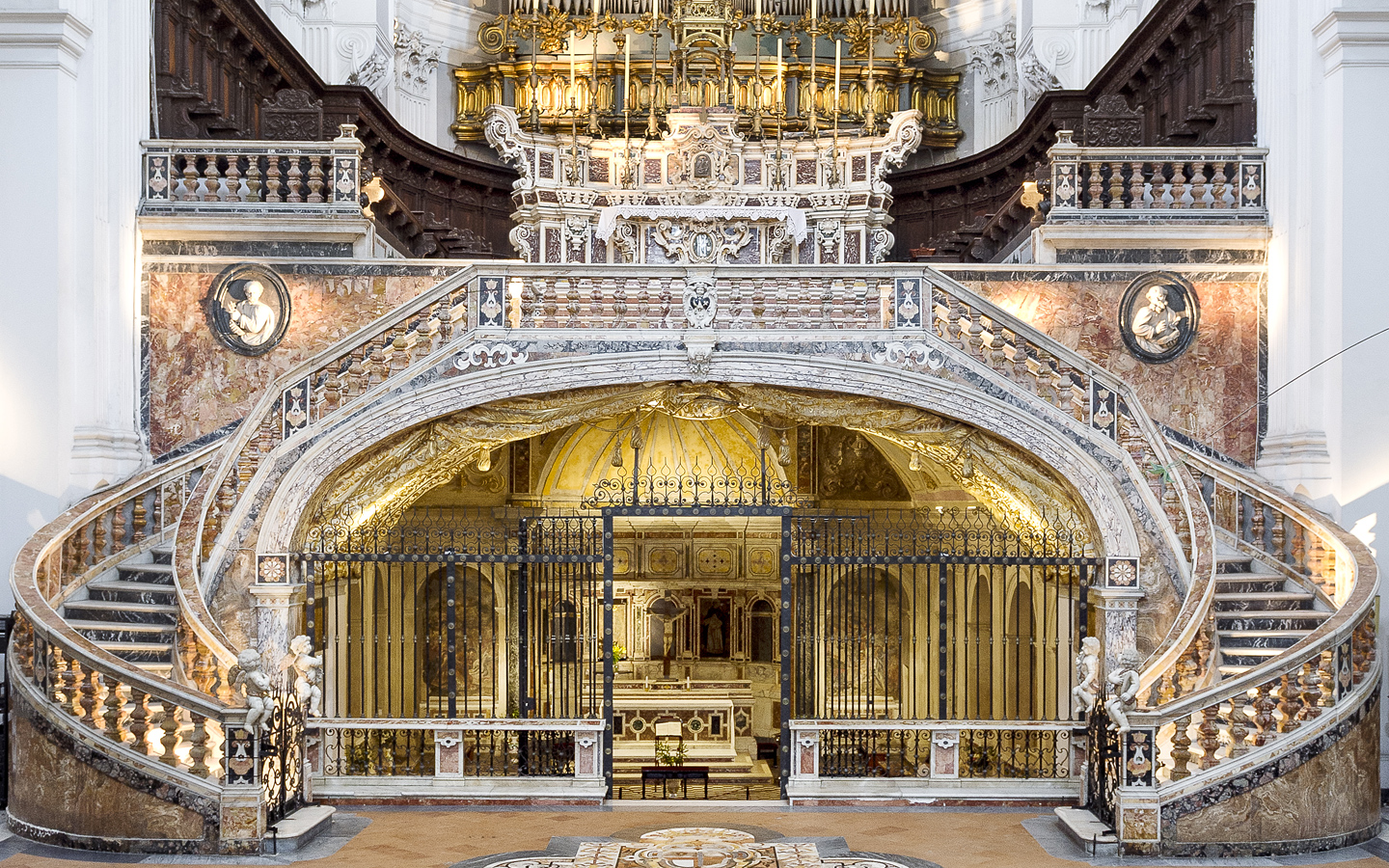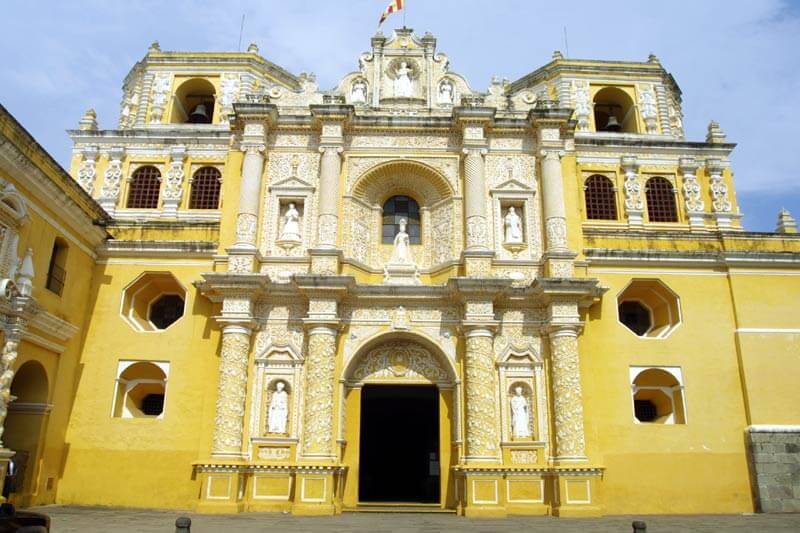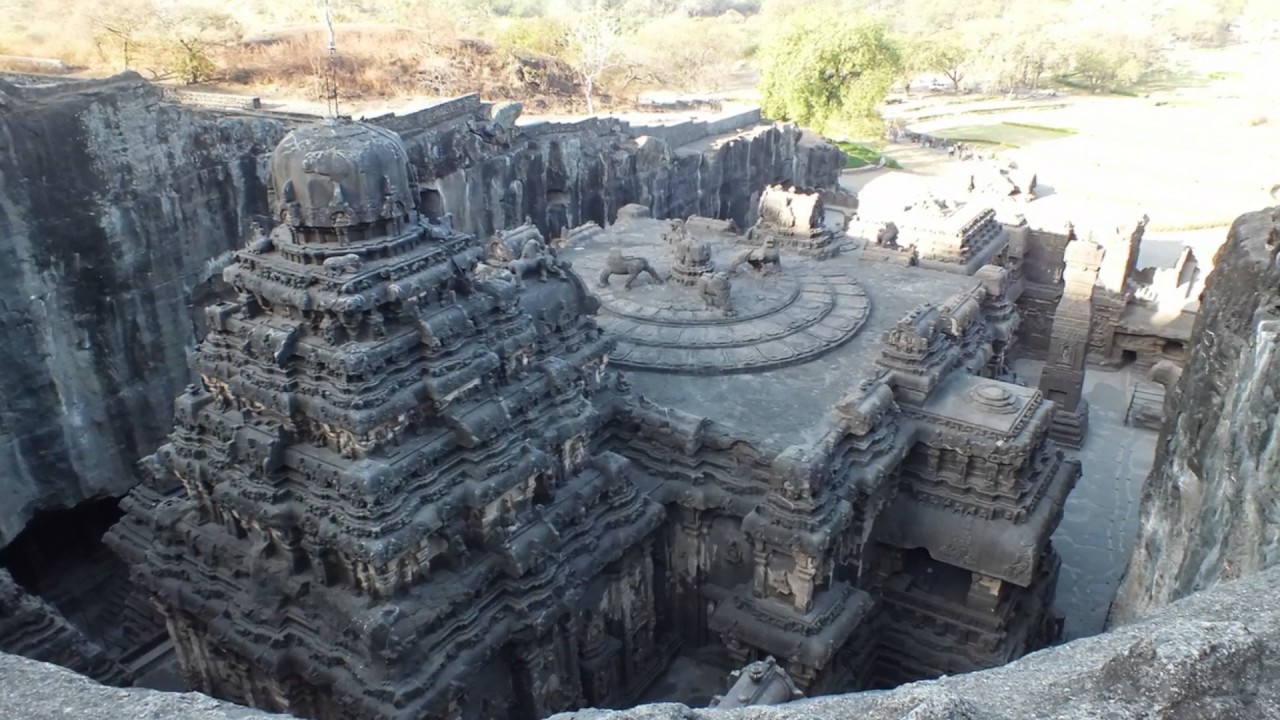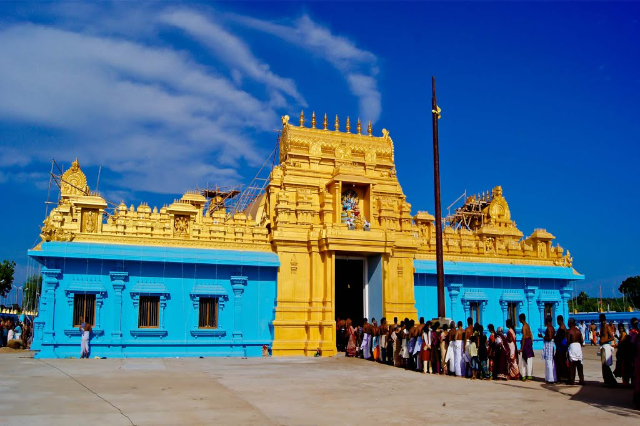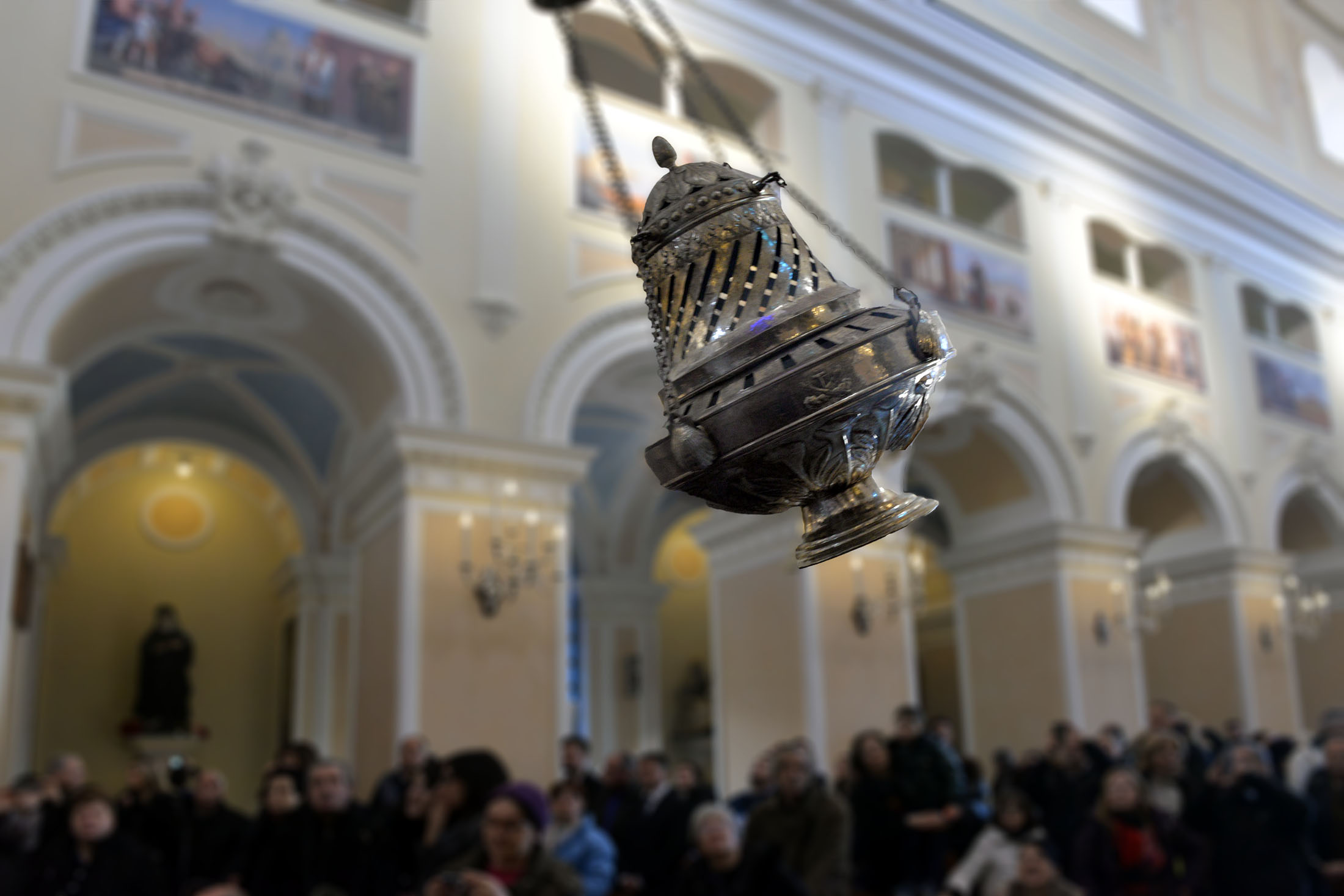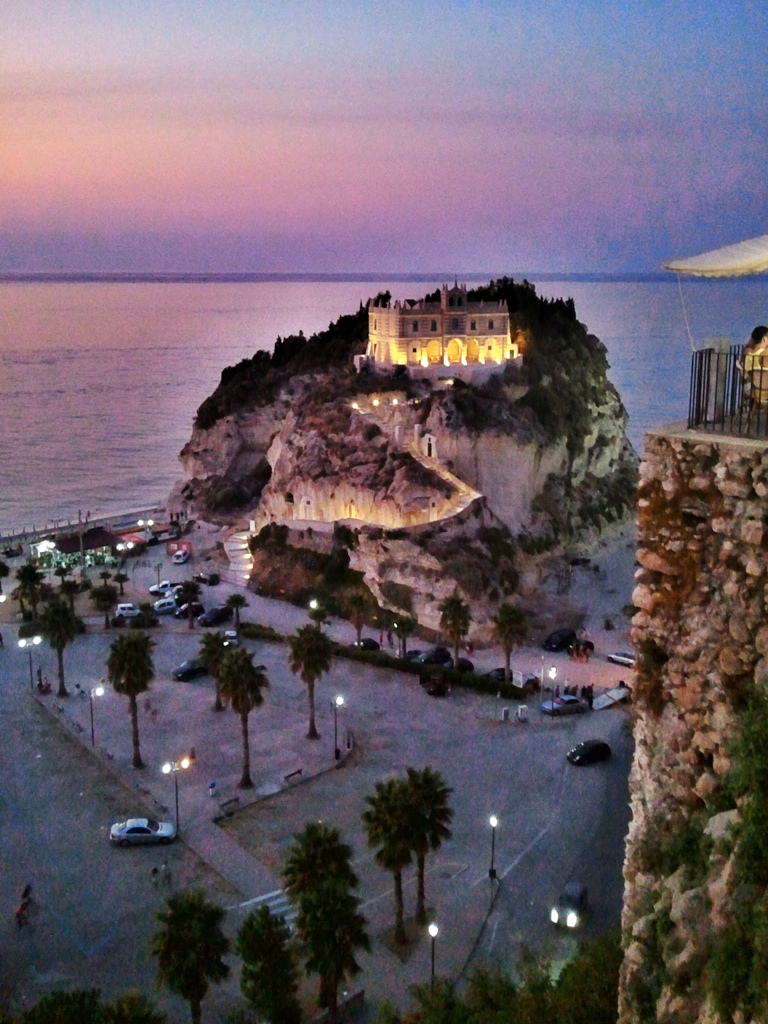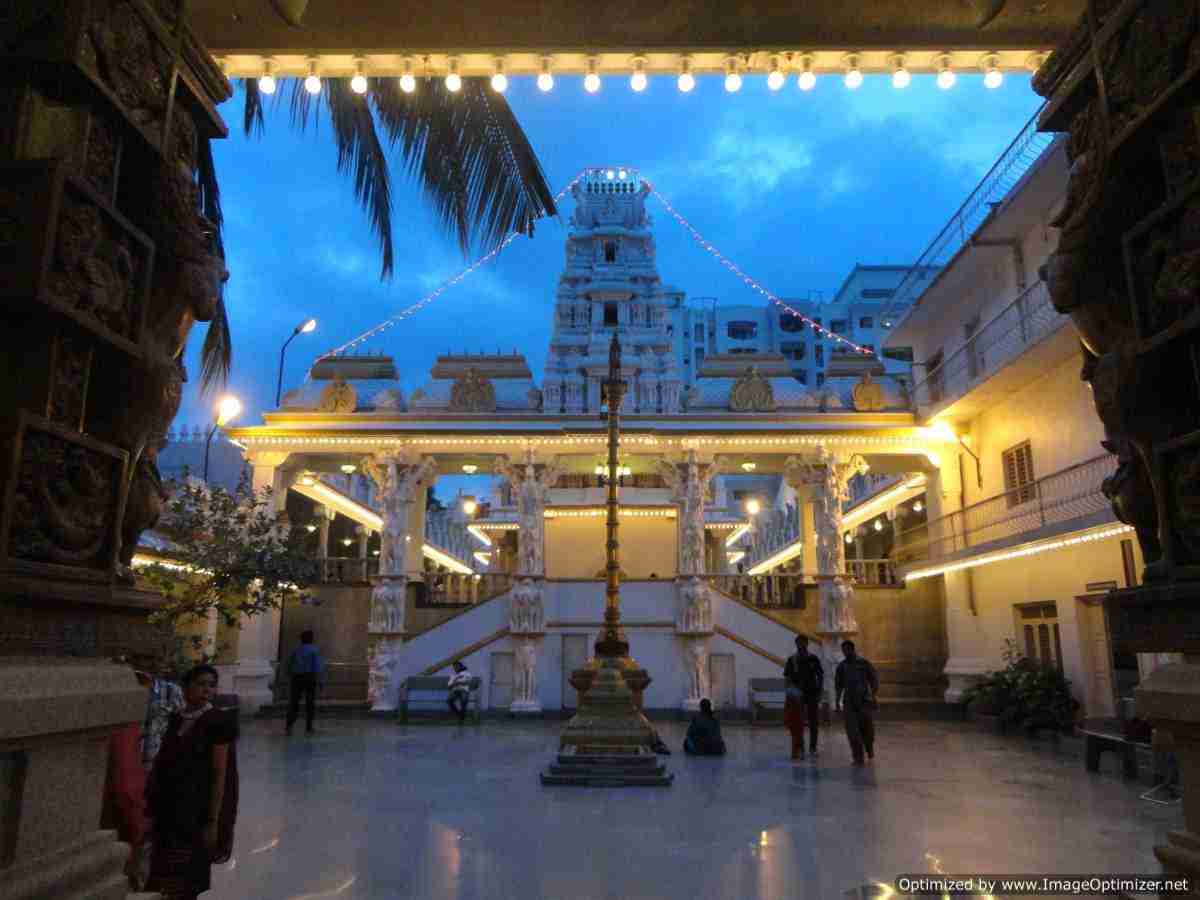In Piazza della Sanità, on the left, we can see the church of S. Maria della Sanità, located in the quore of the most popular district of the city and known in Naples as the church of S. Vincenzo, because it houses a venerated image of the Saint, nicknamed by the people "’o munacone". The church was built between 1603 and 1613 according to a project by Brother Giuseppe Nuvolo, its interior has a Greek cross shape, marked by 24 pillars supporting 12 lateral domes and a central one (it is a numerological reference to Christ and the apostles). The daring design of the altar raised on a podium (accessed by two beautiful flights of stairs on the sides), was designed to make visible the room that served as an atrium of the catacombs and from which there was access to the underground cemetery. Septimius Celio Gaudioso, African bishop, according to tradition died in exile in Naples in 452, and was buried in the valley of Sanità; around his tomb developed the catacombs that took their name from him. In the numerous corridors are visible traces of frescoes and mosaic decorations of considerable interest, dating back to the fourth-sixth century. The cemetery continued to be used also in the following centuries; in fact, in the first half of the 17th century the disturbing burials with the skeleton drawn on the wall and the authentic skull embedded in the wall date back to the first half of the 17th century, to complete with realism the re-presentation of the deceased.
